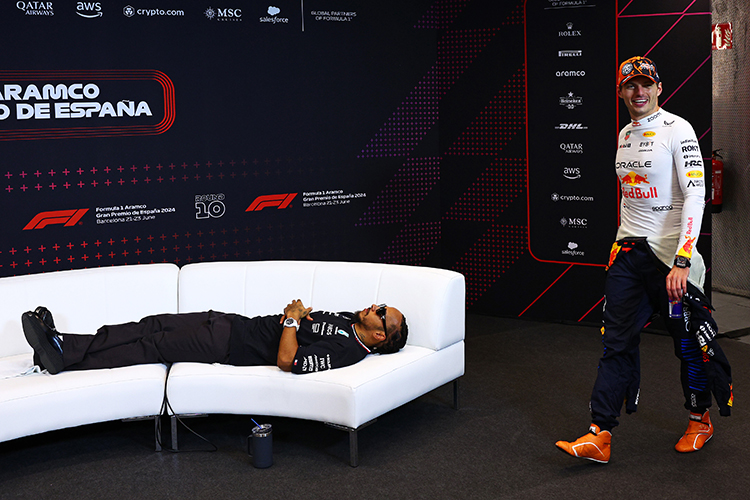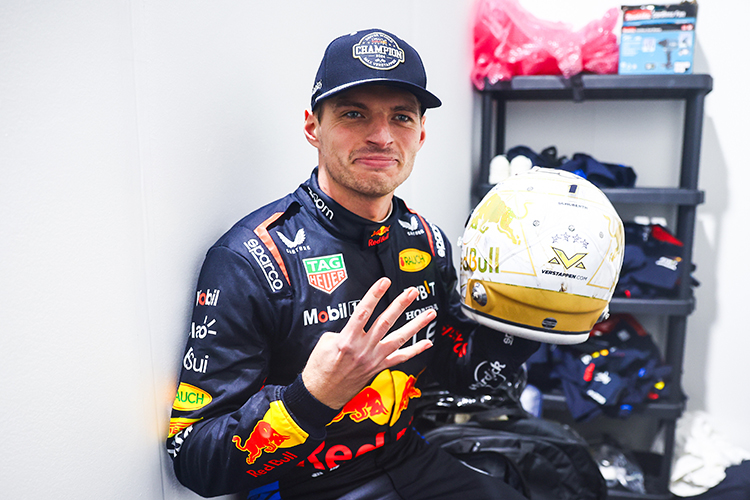How F1 Teams Adjust Chassis Design Based on Driver Feedback

Formula 1 World Champions: A legacy of racing legends
How do teams adjust the chassis design based on feedback from the driver?
Explore how Formula 1 teams refine chassis designs based on driver feedback, optimizing performance through precise engineering and collaboration.
Discover the crucial role of driver feedback in refining chassis design, ensuring optimal performance in the fast-paced world of Formula 1.
Driver Feedback: The Unsung Hero in F1 Chassis Design Adjustments
In the ultra-competitive environment of Formula 1, car performance often hinges on precise adjustments. While advanced technology and engineering form the foundation, driver feedback is the critical element that bridges the gap between data and reality. This collaboration plays a pivotal role in perfecting the balance between speed, handling, and overall performance.
The Feedback Loop: Bridging Driver and Engineer
Unlike mass-produced road cars, F1 vehicles are in constant evolution. While telemetry provides essential data, the nuanced feedback from drivers offers insights that sensors cannot capture. This feedback loop is essential for chassis design adjustments, ensuring the car adapts to both track conditions and the driver's preferences.
Initial Setup and Shakedown
Before the season starts, teams develop a baseline chassis setup using simulations and historical data. During pre-season testing, drivers assess the car in real-world conditions, highlighting issues such as balance, understeer, or oversteer. Engineers use this feedback to make immediate adjustments, fine-tuning the car for optimal performance.
Real-Time Adjustments During Race Weekends
During race weekends, driver feedback is invaluable. After each practice session, drivers debrief with engineers, discussing car behavior in various track sections. Insights like cornering stability or tire wear guide adjustments to:
- Suspension Tuning: Engineers modify stiffness or softness to improve cornering based on driver input.
- Weight Distribution: Adjustments ensure balanced handling and improved stability.
- Aerodynamic Setup: Changes to downforce levels optimize grip and performance for specific tracks.
Post-Race Analysis
The feedback process extends beyond race day. Drivers provide detailed insights during post-race debriefs, which are cross-referenced with telemetry. This comprehensive analysis informs future chassis improvements and strategic decisions.
Iterative Design Enhancements
Driver feedback not only guides immediate adjustments but also shapes long-term chassis developments. Throughout the season, cumulative input drives structural upgrades and aerodynamic refinements, ensuring the car evolves alongside driver needs.
Personalized Ergonomics
Driver comfort is critical to performance. Teams customize cockpit ergonomics, including seat positioning and steering wheel configuration, based on individual preferences. This ensures the driver can operate the car at peak efficiency.
The Symbiotic Relationship
The dynamic between driver and engineer is an iterative process of mutual adaptation. Drivers translate physical sensations into actionable feedback, while engineers transform these insights into mechanical and aerodynamic refinements. This collaboration ensures the car reaches its full potential.
Conclusion
The collaboration between F1 drivers and their engineering teams exemplifies the synergy required to succeed at the highest level of motorsport. Through meticulous communication and iterative adjustments, teams refine chassis designs, transforming driver insights into measurable speed on the track. This process highlights the enduring importance of the human element in F1’s relentless pursuit of perfection.
Up Next


